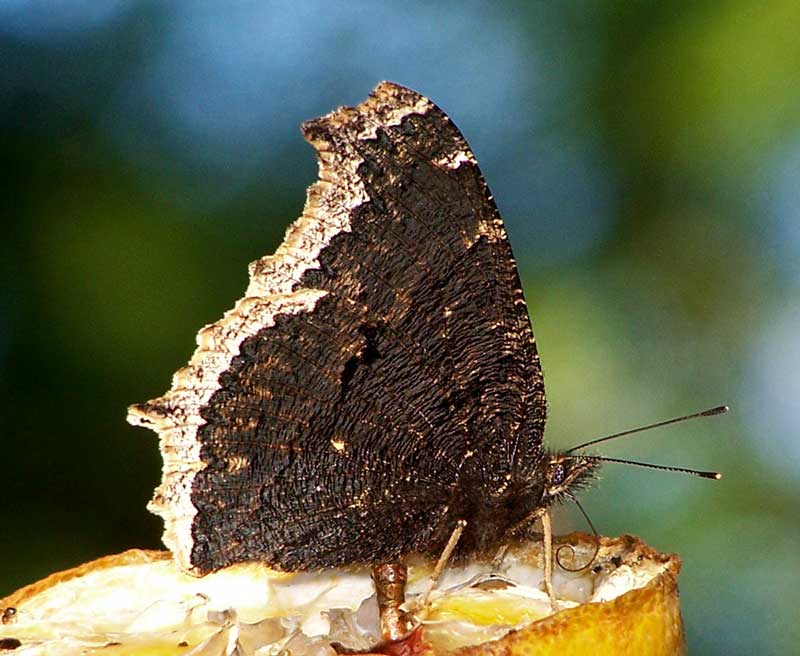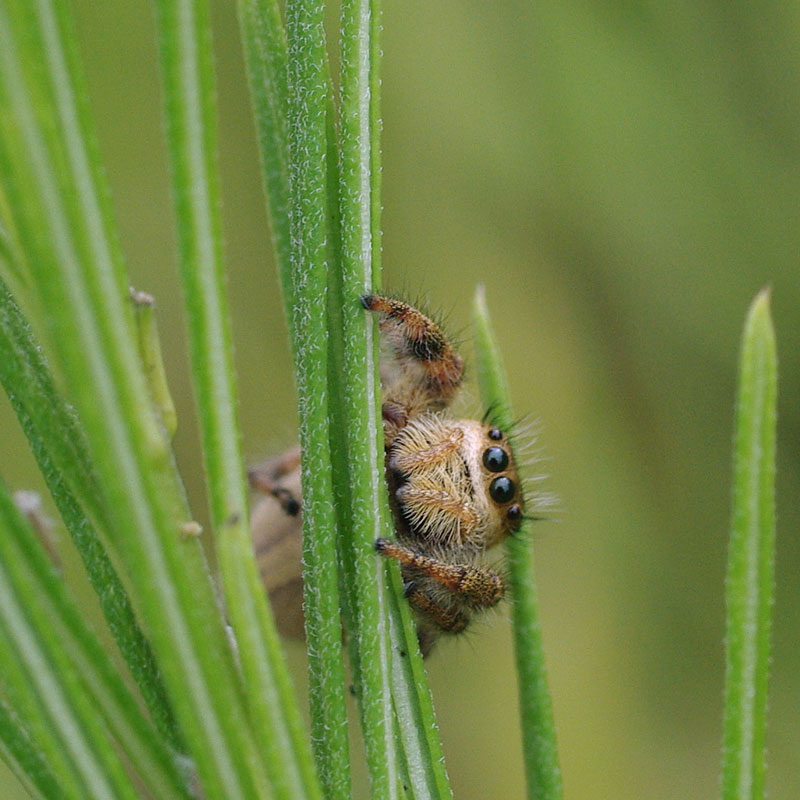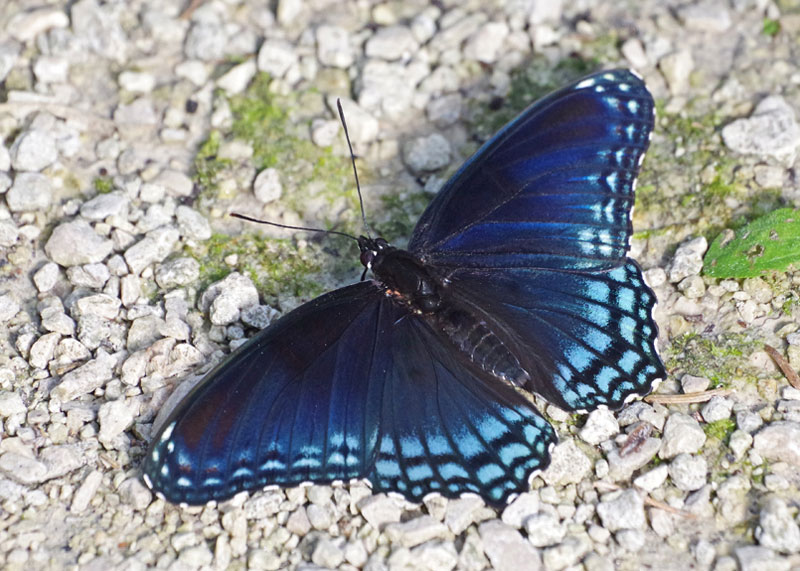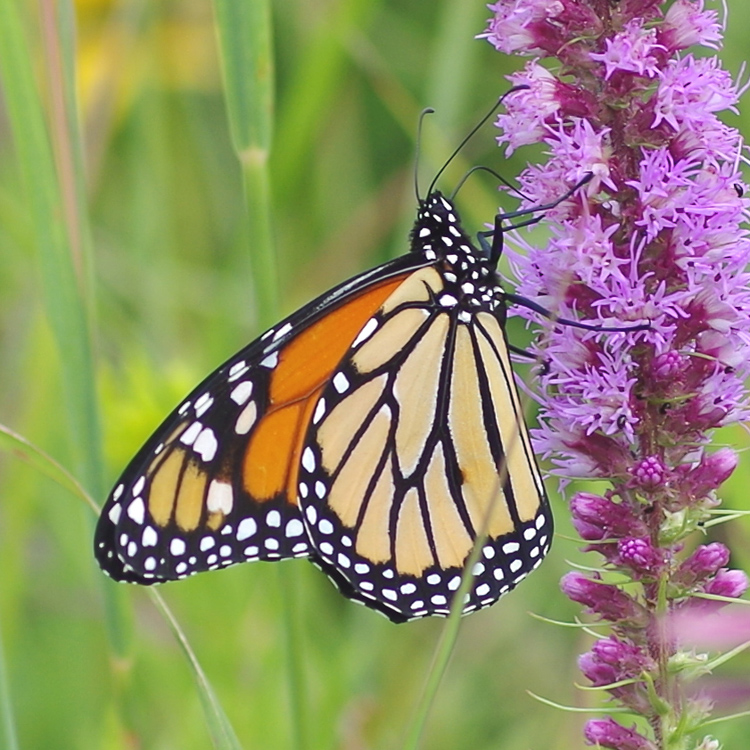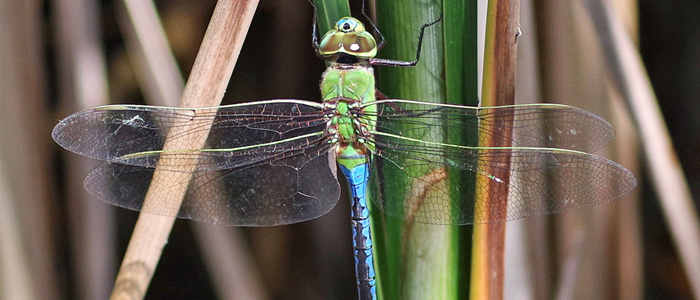Mourning Cloak Revisited
(Note: All links below are to external websites and leave the UWM website.) Howdy, BugFans, The BugLady walked in the woods, recently, on an unseasonably warm, spring day, accompanied by Mourning Cloak and Eastern Comma butterflies. It’s so cool to …
